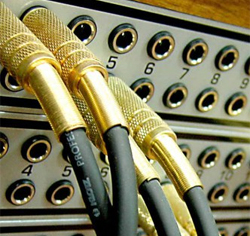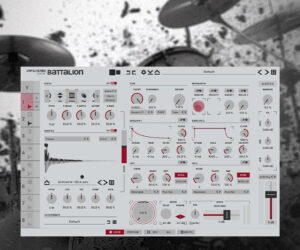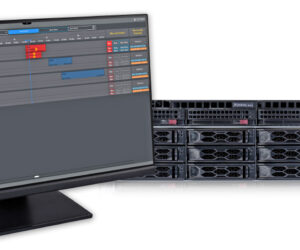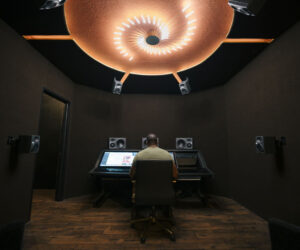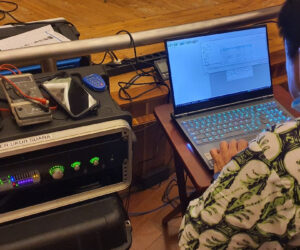
Q: I’m currently in the process of building a home studio and just at the point of wiring all of the raw cable to patch bays. However, I’m a bit stuck because I’m not sure what patch bays to get.
Is one “style” of patch bay better/more durable than another? I guess the same question goes for the patch cables themselves.
A: Wow, is this ever a loaded question. Because the industry can’t come to a general agreement on the type of connectors we should all use, there are a number of different patch bay and cable configurations.
So, start by taking stock of the types of connectors you have on your gear. Manufacturers often include both balanced and unbalanced connectors (not always, be sure to check), so your first step is in deciding whether you can use a balanced or unbalanced patch bay.
It’s best to first select a patch bay that suits your specific needs and then pick what patch cable it uses—if there are options. Balanced will allow longer cable runs before signal degradation.
One of the most common connections you’ll see is 1/4-inch balanced (TRS) or unbalanced (TS). However, you’ll also find patch bays that have bantam/tiny telephone (TT) and XLR connections.
Some believe that 1/4-inch connectors are the most durable, but often that’s a matter of opinion. Also, it’s important to remember that the cables will be in a studio, not on the road, so in general patch cables typically do not need the durability and flexibility of primary guitar cables or microphone cables.
However, they do need good shielding and good sonic quality, so we don’t mean to infer that you can go cheap here. Plus, cosmetics do not matter a whole lot, since no one will ever see them except you.
So, in many instances, shorter well-built cables fit the bill.
For more tech tips go to Sweetwater.com


